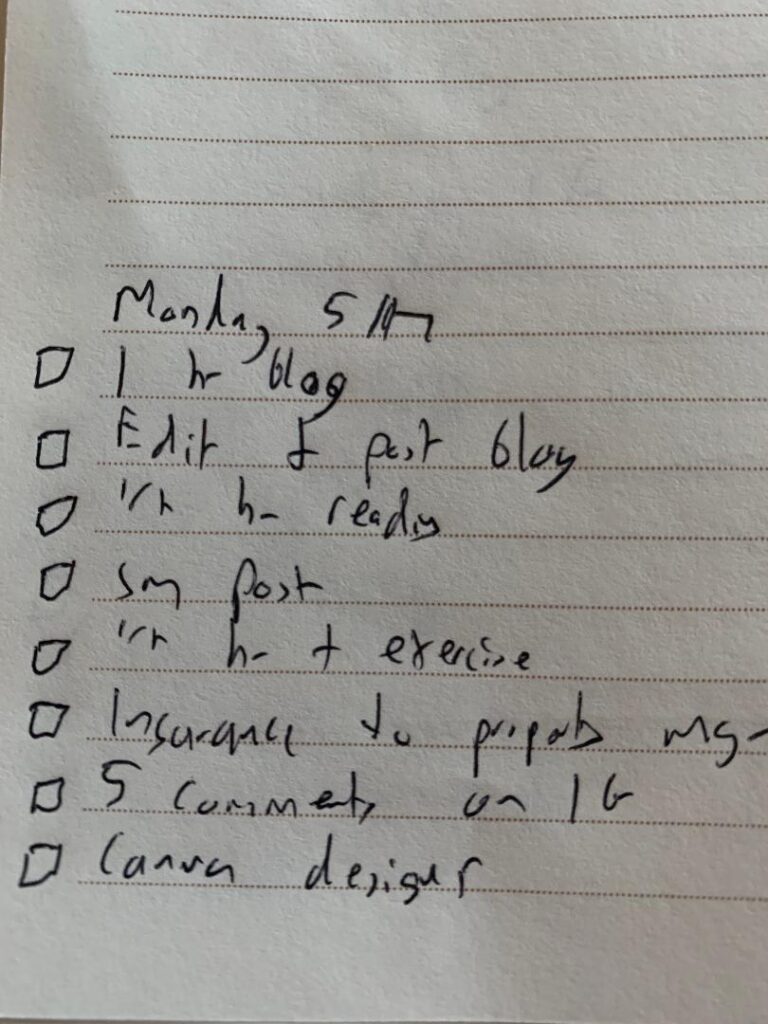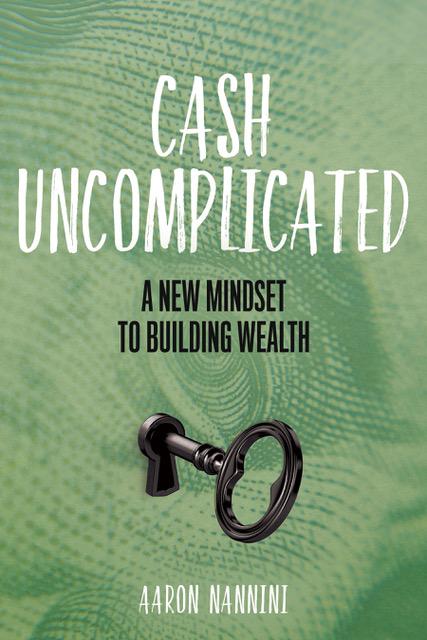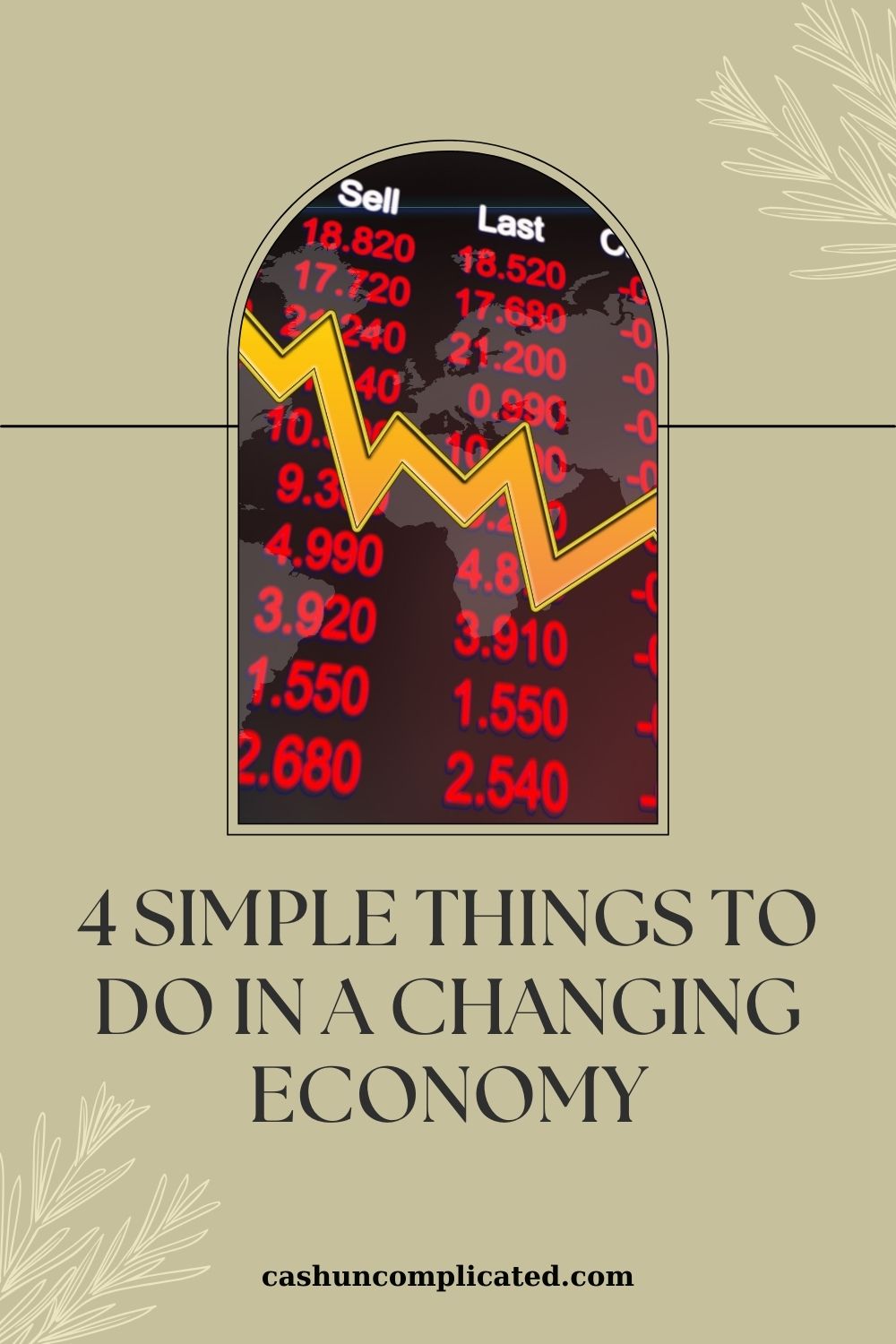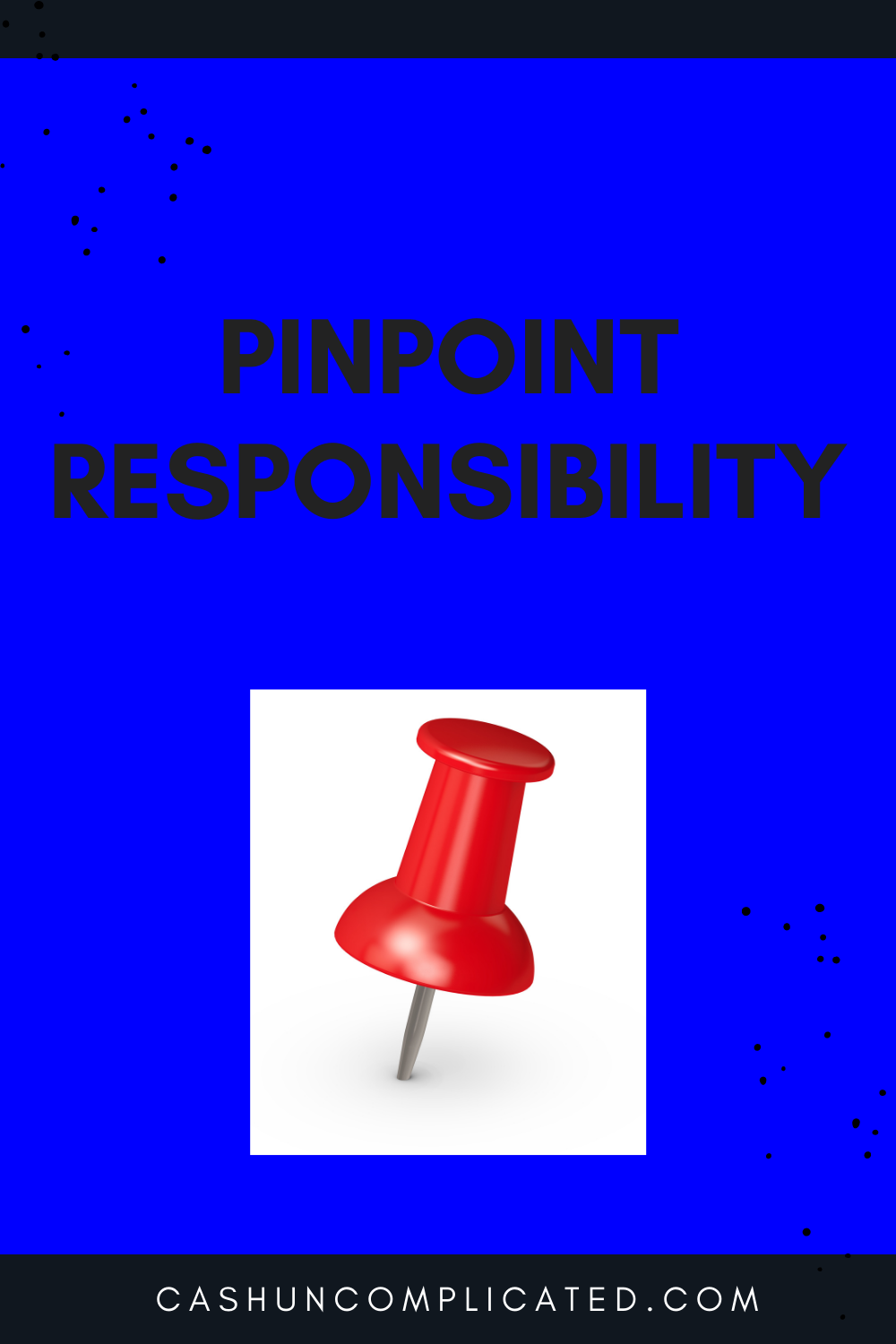We all have the same 24 hours in a day. Yet, we all use our time differently. Ultra-high achievers get more done in less time and seemingly create more hours in the day. Others flounder about the day and get almost nothing done. Even worse, some of these flounder-ers (is that even a word?) then complain about how they have no time (one of my pet peeves).
The rest of us are probably somewhere in the middle. We may have very productive days, while other days aren’t as productive. Or a couple weeks in a row of high productivity followed by a lull. Either way, consistency is lacking, which means inconsistent productivity.
Being more productive is an evolution and a process. Nobody just wakes up one day and exponentially increases their productivity out of thin air. It takes intentionality and implementation. For me, I’m a work in progress—but a lot better than I was last year, and a whole lot better than the year before that, and the year before that. These are some of the most important principles I’ve learned to not only increase my productivity, but do it in less time.
1. Focus on the Important Things
It’s easy to get caught up in the minutia of the day. Emails, texts, notifications on your phone, people trying to get ahold of you. The distractions are endless and can hijack your day if you allow them to.
That’s why it’s so important to get clear. What are the most important things you need to accomplish today? The things that if you do them, will increase your productivity, your revenue, and open up more time to do other things. The book The One Thing breaks it down even further.
The basic premise of the book is identifying the one thing that is so important that it will highly impact multiple areas of your life. In the book, the authors give the analogy that it’s the first domino to fall. After you identify that one thing, make a plan to work on that task. Your one thing comes before other details of the day that can get in the way of what you’re working on.
My Book
For me, my one thing for almost two years was to complete my book Cash Uncomplicated. Just the act of completing the book would open up a world of new opportunities like being invited as a guest on podcasts and other forms of media. The book was the first domino that would push all the other domino’s over. Without the book there would have been no podcasts, webinars, magazine interviews, or Audible book. Not to mention the opportunity to spread my message about financial freedom through an actual book people can buy.
Since the book would drive so many other things, it was critical that I focus and finish it. In order to make sure it was done, I would wake up very early so that my writing for the day was completed before most people were up. It truly was my one thing.
Now that the book is done, my one thing has turned into writing this blog. Not only is the blog a source of content, but it is the main generator of ideas for other projects and methods of communication. It’s also something I can promote on social media, which is also something I want to grow. Much like the book, the blog drives almost everything I am trying to do with my business.
2. Do the Most Important Thing First
The first strategy in this post was to focus on the important things, or even better, the most important thing. While identifying the most important thing is a crucial step, action has to be taken to complete the task.
In his book Eat That Frog, Brian Tracy writes that you should complete the hardest and most important part of your day first. The premise of the book is that if you complete the hardest task first, you get it out of the way, and your mind is free to take on the rest of the day. Not only will the most important thing be completed before most people are just starting their day, but you will start the day with a major win.
The concept of doing the most challenging and important things first is something I have embraced. I’ve found what Brian Tracy describes in his book to be true. When I complete the most challenging part of my day first, I’ve found:
- Satisfaction in knowing the hardest part of my day is already done
- Everything else seems easier
- More confidence to take on other challenging tasks
- The results multiply exponentially over time
- Relief that the highest leverage task is already complete
- The day flows much more smoothly
- And much more
I used to be the type of person who would put off the most important tasks for easier things. What would end up happening was I’d get a lot done, but leave the important things. That made me busy, but less productive. And I’d have the important things hanging over my head until I’d eventually get them done.
Now I’m the type of person who gets the hard stuff done first. The results have been amazing and I would never go back to the way I used to do things. If you’re like I used to be, try doing the hardest and most important things first for just one week. I’ll bet that after that one week, you’ll want to continue doing the hardest things first too.
3. Handwrite Weekly and Daily Tasks
Writing out weekly and daily tasks is something I learned from my wife about a year ago. She is incredibly productive and efficient—many of her friends and coworkers are amazed at how much she’s able to get done in a short amount of time. I noticed she’s not doing this alone though, and it’s not a skill she was born with. She’s got a system of handwriting things down.
Even though she uses technology for almost everything else, handwriting her weekly and daily tasks has proven to be much more effective for her than writing notes in her phone or laptop. Her system is basically to handwrite all the things she needs to do in a small notebook at the start of the week.
Anything she didn’t complete the previous week gets transferred over to the next week. And nothing makes it past two or three weeks. It drives her crazy to see something on her “list’ a couple weeks in a row. In the rare times that it happens, she prioritizes that item to get done quickly so she can cross it off. The feeling of crossing something off is very satisfying, while watching an item sit for a couple weeks is equally dissatisfying.
My Wife’s System
Seeing how productive my wife is, I asked her to show me her system. Before she showed me, she bought me a small notebook similar to hers so I could start using it. I think she was confident I would use it.
Impressed with the efficiency of her system, I started using it with a few tweaks. Every Sunday afternoon or evening, I spend about 10 to 15 minutes writing down high leverage activities I need to accomplish the following week. Anything related to productivity, health, and personal development always makes the list. Items like going to the store or buying socks don’t make it on the list.
Like my wife, anything on my list from the week before that wasn’t done gets moved over to the upcoming week. I also leave a few lines of space so that I can add things that come up during the week without running out of room. But the majority of items originate on Sunday. Throughout the week, I use this list as a guide for what I’m going to accomplish that day.
Example
As an example, this week I had the following items on my Sunday list:
- Half hour reading six out of seven days
- Half hour or more exercise six out of seven days
- One-hour blog six out of seven days
- Workout with wife one day
- Social media post four days
- Edit and post two blogs
- Work on Pinterest account
- Write and send email to subscribers
- Follow up on real estate transaction

Beginning on Monday, I pull from this list and write down items that need to get done that day. I check them off as I complete them, then move on to the next item. For example, Monday usually looks something like this:
- One-hour blog (early morning)
- Half hour exercise (late afternoon)
- Social media post (late afternoon)
- Half hour reading (evening)
- Edit and post blog (evening)
- Some other miscellaneous item like edit website or social media page (last thing of the day)

A Little Every Day
I’m not trying to accomplish all my activities for the week, just some of them. I know that if I do a little bit every day, I will accomplish all the weekly tasks I set out to do on Sunday. And if I complete all or most of the weekly tasks, I’ll be making progress towards yearly and long term goals.
Breaking it down like this helps to avoid getting overwhelmed. If someone writes down a bunch of yearly goals but doesn’t formulate a plan to accomplish them, they are left with a list of goals without any kind of roadmap to achieve them. But if those goals are attached to a plan with weekly and daily metrics, they are much more likely to be met.
Here’s an example of what I mean. If Sara sets a yearly goal to read 30 books that average 200 pages each, that’s approximately 6,000 pages for the year. If she reads approximately one page per minute, that comes out to 6,000 minutes per year she needs to read to accomplish her goal. There are 365 days in a year, but she knows she’s not going to read every single day for 365 days in a row. She often reads every day for several weeks in a row but she does miss a day now and then.
Allow for Error
To account for the occasional day missed, she sets a goal to read six out of seven days per week. She normally exceeds that, but it’s nice to have some wiggle room. Assuming that she is going to read on average of six out of seven days, she subtracts 52 (one day per week) from 365, equaling 313. That leaves her with 313 days to read 6,000 minutes.
6,000 minutes divided by 313 days equals 19.17 minutes of reading per day for six days a week. Round that up to 20 minutes per day and the goal of reading 30 books will be met.
To summarize, Sara sets a yearly goal, then creates actionable weekly steps to achieve that goal. Then she breaks down her week into daily steps. As long as she consistently follows the formula, she will reach her yearly reading goal. The formula is basically:
- Create goal
- Break into small parts
- Execute
The formula works because actionable steps are attached to the goal. It’s a roadmap to success.
4. Create a Foundation of Must Do’s
This strategy piggybacks on the last strategy of handwriting weekly and daily tasks. I have a foundation of things that need to get done on a regular basis to increase productivity and meet my general life goals. I consider these items critical to my overall health, wellbeing, and productivity so they are always added to my weekly list.
To use myself as an example, my base of weekly and daily actions includes exercise, reading, and writing. I know that if I accomplish all of these weekly tasks on a consistent basis that my health, mind, and writing career will be in a good place. This is what the base looks like on a weekly basis for me:
- Health: Exercise at least six out of seven days per week for a half hour or more at a time.
- Mind: Read a half hour per day for at least six out of seven days per week.
- Writing Career: Write for one hour per day, or 500 pages per day, whichever comes first (I often keep going after 500 words if the words are flowing). Six out of seven days per week.
Base of Activities
I rarely divert from this base of activities. The only exception is when I’m traveling. But even with travel, I’m intentional about missing a day. For example, when I make my list on a Sunday—if I know that I’m going to be traveling the following Saturday and Sunday my weekly plan will account for it. On my weekly planner I’ll adjust my plan from writing six days per week to five days per week.
That way I know the expectation for myself is to still write five days per week, but not the sixth day like normal. I’m still holding myself accountable for five days, but giving myself permission to take the sixth day off. Psychologically, that’s much different than just missing the sixth day without any kind of intentionality. It feels more like a day off than a missed day.
5. Time Blocking
Time blocking was a concept I heard of years ago but never really tried until recently. It’s an incredibly effective way to increase productivity and efficiency. Especially when combined with one or two of the other strategies.
Prior to time blocking, I had no idea how many distractions were out there. I used to go through the day routinely checking texts, emails, and anything else that came up. I allowed the day to control me, rather than me controlling the day. Time blocking is taking an active approach, while reacting to the day is a more passive approach.
Time blocking is a great way to tie all the other strategies together. To review, these are the four previously written about strategies to save time and become more productive.
- Focus on the Important Things
- Do the Most Important Thing First
- Handwrite Weekly and Daily Tasks
- Create a Foundation of Must Do’s
The Precise Execution Plan
Time blocking is the precise execution plan. Once you’ve completed one or more of the above, it’s time to put together a schedule for success. The most important part of your day comes first so that will be in your first time block. That might also be your longest time block of the day as well.
There’s more than one way to do this, but I like to take a little break after my most important part of the day, and then move on to the next important activity. Add in your must do’s, meetings, and other items that need attending to and you’ve got a full and productive day.
Sample
To better illustrate the point, here’s a sample time block for a small business owner. For the example, let’s suppose the small business owner is the creative type who runs a graphic design company.
7:00-9:30: Create designs
9:30-9:45: Movement break
9:45-11:00: Prospect for new clients, make contact with previous clients
11:00-11:30: Check and respond to non-urgent emails, texts, and phone calls
11:30-12:30: Meet with staff together or individually—troubleshoot issues, plan, exchange ideas
12:30-1:00: Lunch
1:00-1:45: Work on mindset—read, listen to podcast, meditate, etc.
1:45-2:45: Meeting with vendor
2:45-4:00: Miscellaneous items that require attention
4:00-4:30: Review the day, plan for next day
4:30-5:30: Exercise
*Note: Bolded items are the foundational items done every day M-F.
Control the Day
This small business owner is controlling the day, rather than letting the day control her. The most critical part of her day is creating new designs so she does that first, and for the longest amount of time. Prospecting for new clients is the second most important part of her day so that’s done second, and for a substantial amount of time.
Her foundation of must-do’s are bolded and done every day Monday through Friday. By the end of the week, she will have:
- Completed 12.5 hours of designs
- Prospected for new clients over six hours
- Strengthened relationships with staff for five hours
- Worked on her mindset for almost four hours
- Planned and took a bird’s eye view of her business for two and a half hours
- Exercised for five hours
These are just her foundational items. She still has a lot of time left in the week for the other things that will inevitably come up. Time blocking basically guarantees she will get priority items done. Which provides consistency and the opportunity for her activities and efforts to compound.
6. Buy Time
This last item might be the least thought about or talked about, but it’s critical. You can literally buy time by hiring out things you don’t want to do, or aren’t good at. This was hard for me to wrap my head around at first because I always thought being busy was good. It wasn’t until recently that I learned you have to be busy on the right things.
Working a long day at work then coming home and doing yard work or heavy cleaning feels really busy. And it is busy. By the evening, someone doing this is probably exhausted because they are working incredibly hard. Problem is it may not be hard work on the right things.
Those who are most efficient with their time focus only on the most important tasks. They hire the rest out or decide they aren’t tasks that really need to be accomplished to move things forward. Using yard work as an example—if it’s not the highest and best use of your time, or you don’t enjoy doing it, consider hiring it out. Hiring it out can mean more time with your family, or more time to focus on a high leverage area of your career.
Continuing to use yard work as an example, that is something that can easily be hired out. If yard work would normally take two hours per week, hiring it out literally buys you two hours of extra time that week. You still accomplish getting the yard work done, you just didn’t do it yourself. Same result, different method.
Hard Concept to Catch On To
As I mentioned earlier, this was a concept that was hard for me to catch on to. I can remember growing up seeing some neighbors who hired gardeners and wondering why they didn’t do it themselves. I thought maybe they were lazy, or that they thought they were too good for doing yard work. It really wasn’t until recently that I caught on to the concept of highest and best use of time, and the ability to buy time by hiring things out.
This principle translates far past gardening and house cleaning. For a small business owner who has been doing it all himself for the first few years, he can begin to buy time by hiring some things out. If he wants to focus more on client acquisition; he can hire out the bookkeeping, routine office work, and replying to routine emails, just to name a few of many examples.
This is a concept I address in my book Cash Uncomplicated, and something I’ve seen in numerous other books. Some of the best books in this area are Getting Things Done, The 4 Hour Workweek, The Millionaire Real Estate Agent (even if you’re not a real estate agent) and The 80/20 Principle.
Why Become More Productive?
It’s not just about becoming more productive. It’s also about becoming more efficient. Becoming more productive by working 80 hours per week and spending less time with your family doesn’t make for a great quality of life. But becoming more efficient and getting 80 hours of work done in 40 hours likely will improve your quality of life.
These six tips greatly improved my efficiency and I know they can improve yours too. Don’t start with all six, try one and see how it goes. Then try another, and keep building.
What is one strategy that has helped you become more efficient?











